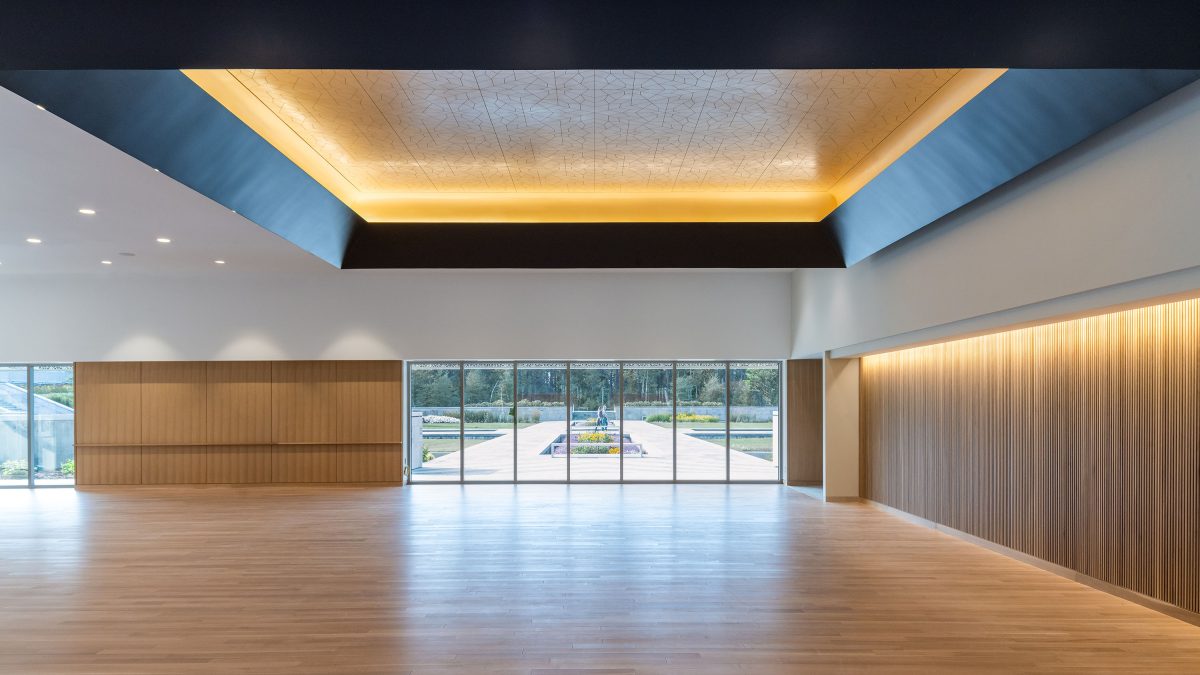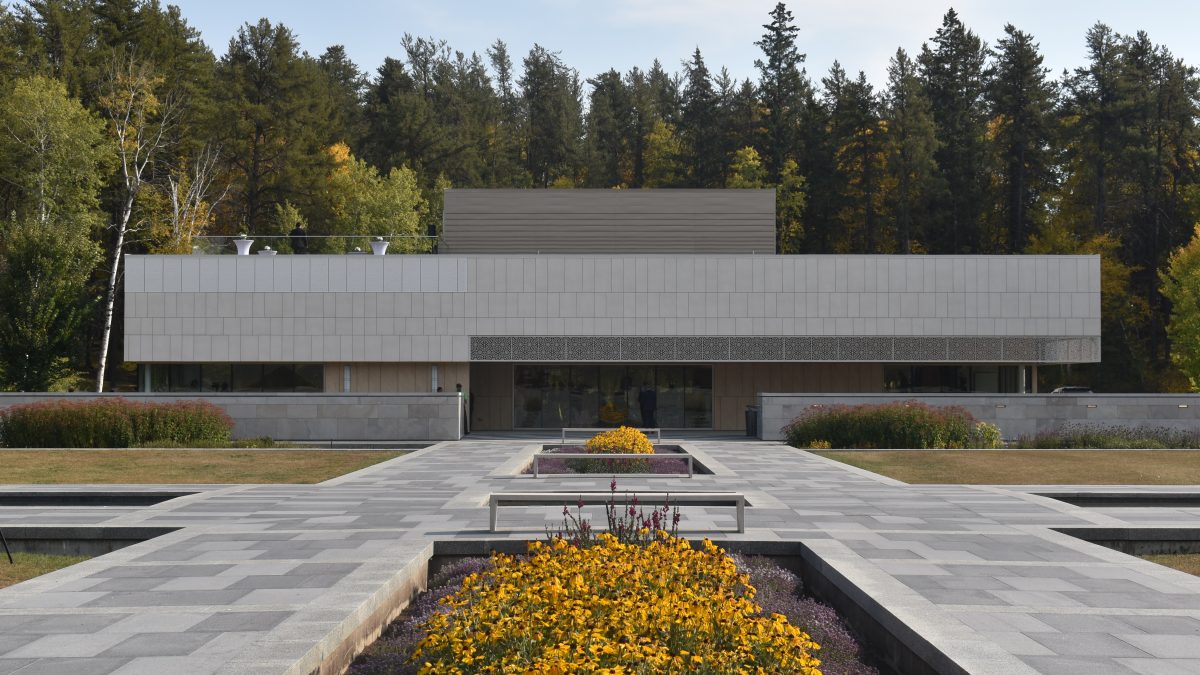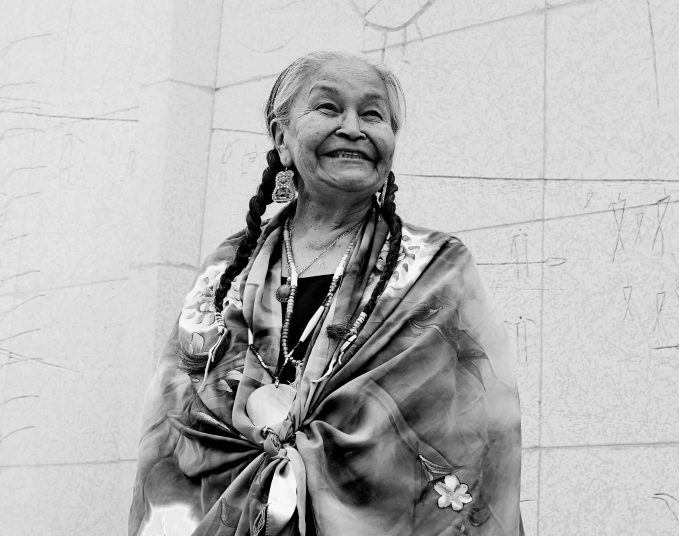There is now one more reason to get yourself to the University of Alberta’s Botanic Garden. On Wednesday, the botanic garden, about 15 minutes southwest of the city, unveiled a bright and open meeting space called the Diwan Pavilion.
The $5.5 million pavilion adjoins and completes the Aga Khan Garden, which opened in 2018. It will help the botanic garden provide programming in the winter, since there will be a warm space and washrooms available, and will be available for rental.
“The garden is already a destination for weddings and events,” says the university’s vice-president of facilities, Andrew Sharman, “but we wanted to stretch the season to 12 months.”
The pavilion is humble. Its composite facade blends with the granite of the Aga Khan Garden and its geometric patterns echo those found in the garden. Floor-to-ceiling glass walls allow you to see through the building and into the woods behind it. “We were looking for a seamless addition to the garden and the thing that would really complete it without distracting from it, without feeling out of place,” says architect Taymoore Balbaa of Axia Design, one of two Toronto firms that worked on the project with Edmonton’s Kasian Architecture. The pavilion is meant to symbolize the hope, peace and unity that comes when people – even people of very different cultures – interact in the beauty of nature.
“The building resonates with the same spirit,” Balbaa says. “We wanted the building to feel like it was integrated with the original layout and idea and vision the designers had for the garden.”

The pavilion was funded by donations from alumni and friends of the university, and supported by Edmonton’s Ismaili community, which was out in strength for the opening.
Both the garden and the pavilion are inspired by Mughal gardens dating back to the 17th century in Persia. The style is intended to create a representation of utopia in which humans live in harmony with nature. Such gardens – the most famous of which are those in front of the Taj Mahal – typically include geometric designs, running water and a pool to reflect the beauties of the sky and the garden.
“Our concept was to understand some of these ideas that are in the design of the garden, and to integrate them in a seamless way into the building – and its mass, and its proportions and its orders – so it resonates back to the garden,” says architect Arriz Hassam of Toronto’s Arriz and Co. He points out the specific north-south alignment that provides a picture-frame view from the inside, and the mashrabiya-inspired geometric latticework. “The idea of architecture being totally integrated with the experience of the garden is a difficult and unique challenge, because the building is also programmable so it’s a flexible space.”
The Aga Khan Garden was built after a $25 million donation from the Aga Khan, who is the 49th hereditary Imam of Shia Ismaili Muslims around the world. The opening of the pavilion marks the 50th anniversary of the arrival of around 6,000 Ismaili Muslims to Canada in 1972. They were among 80,000 residents of Uganda suddenly expelled that year by dictator Idi Amin. Among that number was Alberta’s Lieutenant Governor, Salma Lakhani, and her husband, who attended Wednesday’s ceremony. Also in attendance were Premier Jason Kenney and the Aga Khan’s daughter, Princess Zahra Aga Khan.

The botanic garden remains open daily until October 10, and don’t worry if it’s starting to get dark early. “In twilight, the building completely transforms,” says Hassam. “It has an illuminated rooftop, which recalls illuminated domes, so the building acts as a lantern. We thought of it as a beacon for the Aga Khan garden.”
Savvy AF. Blunt AF. Edmonton AF.




